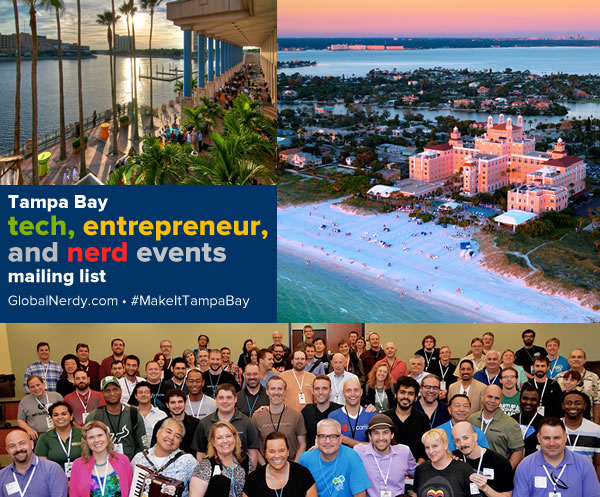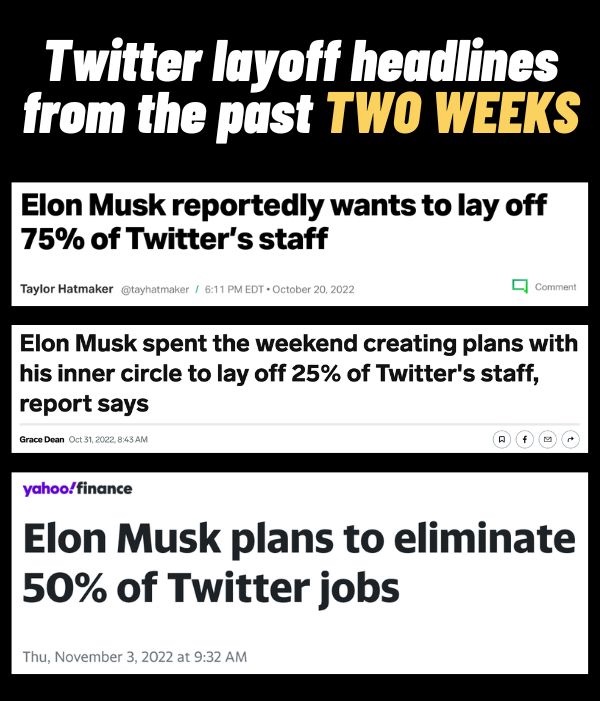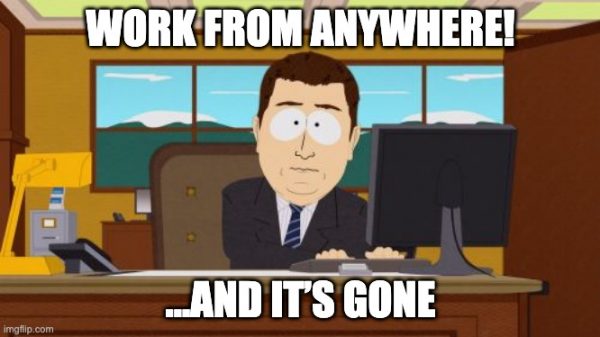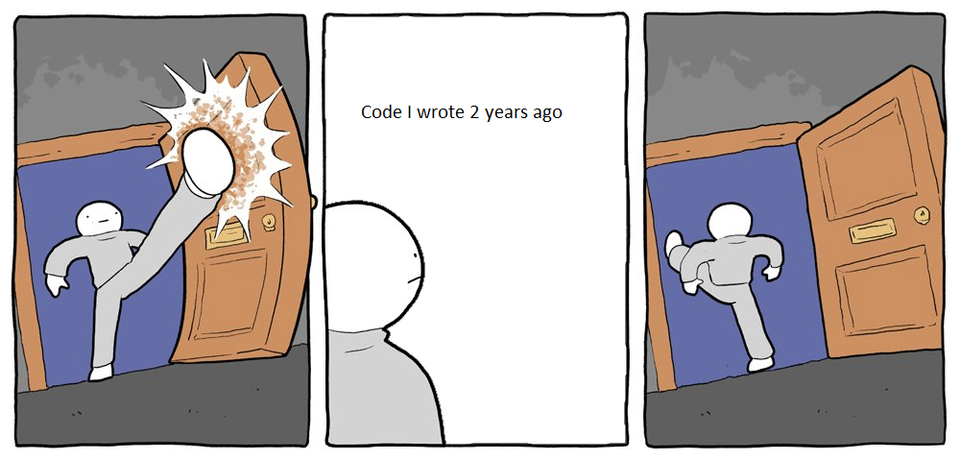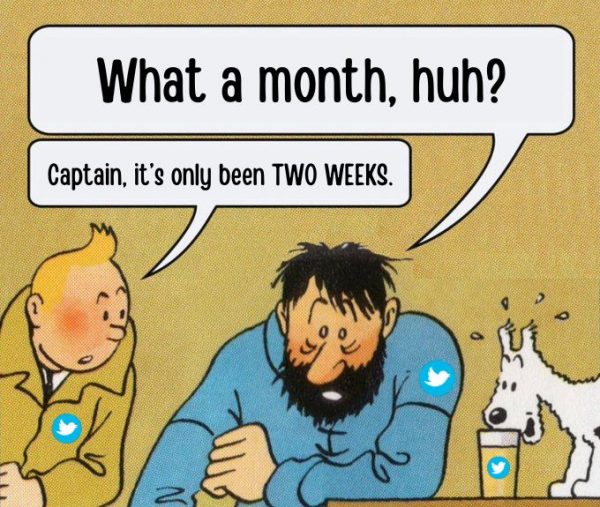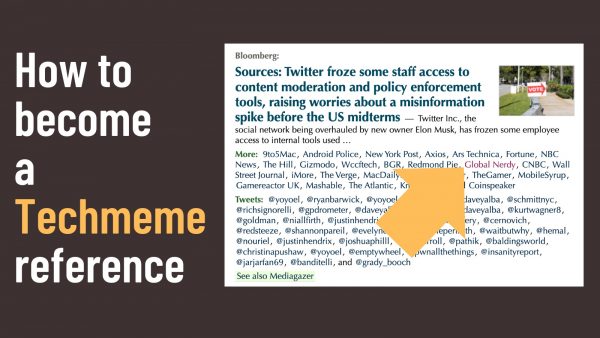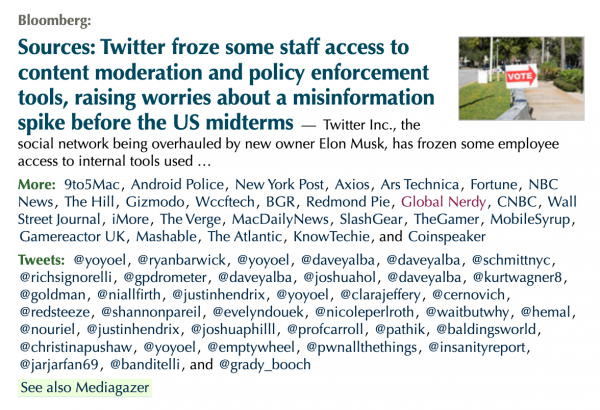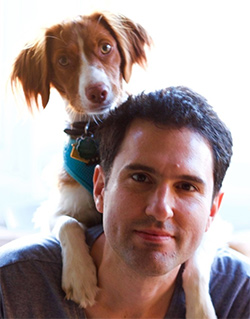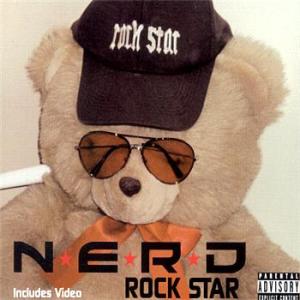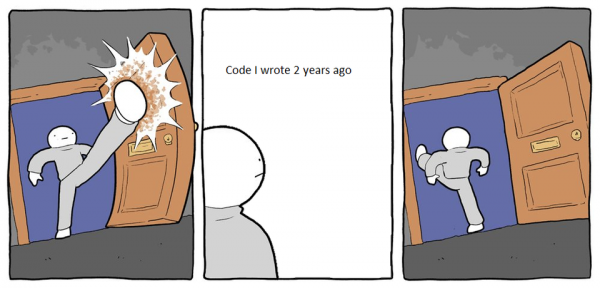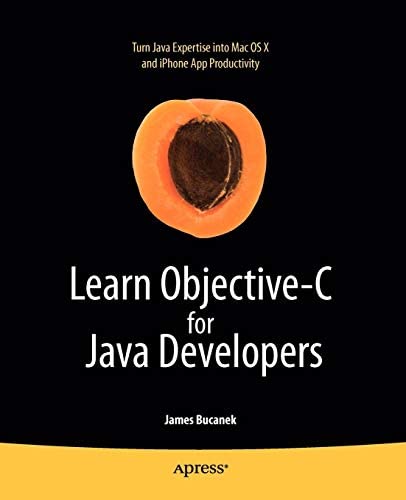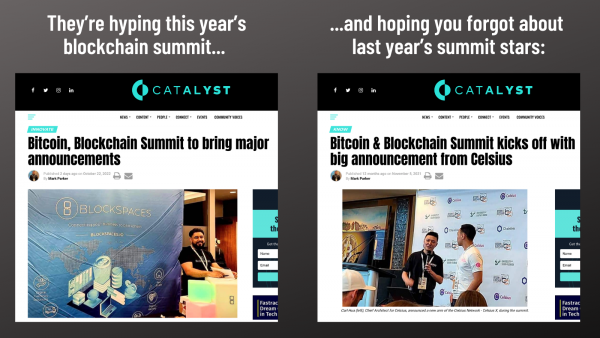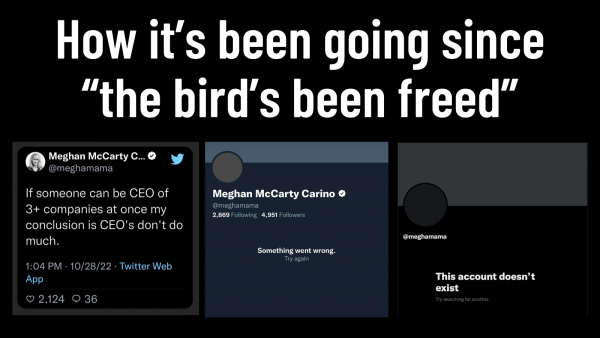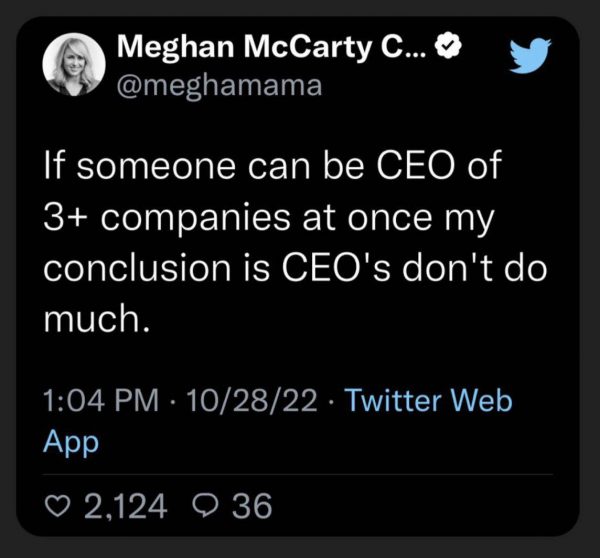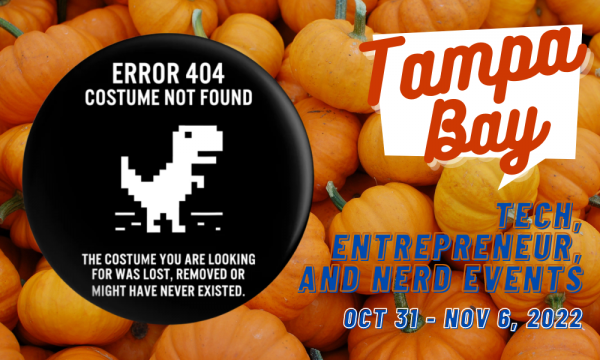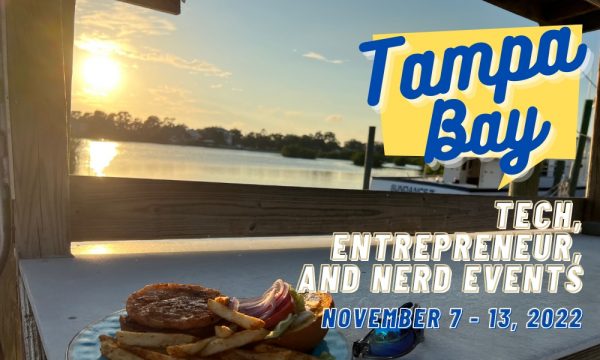
Here’s the list of tech, entrepreneur, and nerd events for Tampa Bay and surrounding areas for the week of Monday, November 7 through Sunday, November 13, 2022.
Every week, with the assistance of a couple of Jupyter Notebooks that I put together, I compile this list for the Tampa Bay tech community.
As far as event types go, this list casts a rather wide net. It includes events that would be of interest to techies, nerds, and entrepreneurs. It includes (but isn’t limited to) events that fall under the category of:
- Programming, DevOps, systems administration, and testing
- Tech project management / agile processes
- Video, board, and role-playing games
- Book, philosophy, and discussion clubs
- Tech, business, and entrepreneur networking events
- Toastmasters (because nerds really need to up their presentation game)
- Sci-fi, fantasy, and other genre fandoms
- Anything I deem geeky
By “Tampa Bay and surrounding areas”, this list covers events that originate or are aimed at the area within 100 miles of the Port of Tampa. At the very least, that includes the cities of Tampa, St. Petersburg, and Clearwater, but as far north as Ocala, as far south as Fort Myers, and includes Orlando and its surrounding cities.
This week’s events
Monday, November 7
| Group | Event Name | Time |
|---|---|---|
| TampaBayNetworkers | Success Builders Free Business Blog | 9:00 AM |
| Young Professionals Networking JOIN in and Connect! | In person at Fords Garage St Pete | 11:00 AM |
| Orlando Digital Media Design Meetup | Virtual Event: Adobe Illustrator Level 1 | 11:00 AM |
| Option Trading Strategies (Tampa Bay area) Meetup Group | Option Trading Strategies Meetup (Online) | 11:00 AM |
| Christian Professionals Network Tampa Bay | Live Online Connection Meeting- Monday | 11:30 AM |
| Professional Business Networking with RGAnetwork.net | St. Pete Networking Lunch! Fords Garage! Monday’s | 11:30 AM |
| Work From Home -Online Business Opportunities and Networking | Earn An Easy, Crazy Side Income Through LinkedIn | 3:00 PM |
| Financial Dream Events Orlando | Free Workshop: Create An Easy Second Income With LinkedIn | 3:00 PM |
| SCIPS, a 50+ Tampa Bay Singles Club | EUCHRE, Rummy Q and other Board Games for ENTHUSIASTIC GAME PLAYERS | 4:00 PM |
| Entrepreneurs & Startups – Bradenton Networking & Education | John Lennie: Listening for Opportunities: Pivoting, Failure, and Success | 5:30 PM |
| Tampa Bay Tabletoppers | Monday Feast & Game Night | 6:00 PM |
| Brews N Board Games | Board Game Night at Persimmon Hollow Flamingo Crossings | 6:00 PM |
| Board Game Meetup: Board Game Boxcar | Monday Weekly Board Game Night! (Lazy Moon Colonial Location) | 6:00 PM |
| We Write Here Black and Women of Color Writing Group | Virtual Writing Get Downs- Share It Now! | 6:00 PM |
| Critical Hit Games | MTG: Commander Night | 6:00 PM |
| Toastmasters District 48 | Speakeasy Toastmasters #4698 | 6:15 PM |
| Tampa Bay Data Science Group | TBDSG: Is data science still sexy? | 6:30 PM |
| Toastmasters District 48 | North Port Toastmasters Meets Online!! | 6:30 PM |
| Tampa – Sarasota – Venice Trivia & Quiz Meetup | Trivia Night – Off the Wagon Kitchen & Brewery Smartphone Trivia Game Show | 6:30 PM |
| Hosted By Tampa# – C# and .NET | Group Code Challenge [Virtual] | 6:30 PM |
| TampaBay PyLadies | TampaBay PyLadies Joint Event <==> TBDSG: Is data science still sexy? | 6:30 PM |
| Orlando Adventurer’s Guild | Tomb of Annhilation (APL 6 Forgotten Realms) – DM Carson | 6:30 PM |
| Tampa Bay Gaming: RPG’s, Board Games & more! | Board Game Night at Armada Games | 7:00 PM |
| Light Study PRO – A Photography Workshop for Emerging Pros | Members as far back as 2008 can access their photos | 7:00 PM |
| Meet New People As Adults – Which is Harder Than Expected | Trivia Night to Meet New People | 7:00 PM |
| Learn-To-Trade Forex – Online (As seen on Orlando Sentinel) | Learn-To-Trade Q&A (ONLINE) | 7:00 PM |
| Toastmasters Division E | Lakeland (FL) Toastmasters Club #2262 | 7:00 PM |
| North Florida Stock Investing Education | North Florida Chapter Model Investment Club | 7:30 PM |
| Central Florida AD&D (1st ed.) Grognards Guild | World of Greyhawk: 1E One-Shots | 7:30 PM |
Tuesday, November 8
Wednesday, November 9
Thursday, November 10
| Group | Event Name | Time |
|---|---|---|
| Pasco County Young Entrepreneurs/Business Owners All Welcome | Happy Hangar Early Bird Professionals Networking | 7:30 AM |
| Professional Business Networking with RGAnetwork.net | Wesley Chapel/Lutz networking breakfast | 7:30 AM |
| Wesley Chapel, Trinity, New Tampa, Business Professionals | Business Over Breakfast ~ Happy Hangar IN PERSON JOIN US! | 7:30 AM |
| TampaBayNetworkers | Suncoast Networkers | 8:30 AM |
| Orlando Melrose Makers | In-Person: Makerspace Open Lab | 10:30 AM |
| Tampa Bay Business Networking Happy Hour/Meetings/Meet Up | Pinellas County’s Largest Networking Lunch and your invited! | 11:00 AM |
| Tampa / St Pete Business Connections | Clearwater/Central Pinellas Networking Lunch | 11:00 AM |
| Hyperledger Tampa | Workshop: Build Your Identity Solution Using Hyperledger Aries | 11:00 AM |
| Business Game Changers Group | Clearwater Professional Networking Lunch | 11:00 AM |
| Florida Startup: Idea to IPO | How to Cut Product Development Costs by up to 50%! | 11:00 AM |
| Block Co-op – Bitcoin Crypto Blockchain Orlando | Crypto Set-up Class -Limited to 5 Seats Only | 11:00 AM |
| Young Professionals Networking JOIN in and Connect! | The Founders Meeting where it all Began! JOIN us! Bring a guest and get a gift | 11:00 AM |
| Pasco County Young Entrepreneurs/Business Owners All Welcome | Wesley Chapel Professional Networking Lunch at Chuck Lager America’s Tavern | 11:30 AM |
| Network Professionals Inc. of South Pinellas (NPI) | NPI Power Lunch – Exchange Qualified Business Referrals | 11:30 AM |
| Tampa Bay Professionals (IT, Sales, HR & more) | Performance Reviews that Matter | 11:30 AM |
| “Learn and Earn” Millionaire Mind Secrets & Networking | Online Zoom! Millionaire Mind Lunch; Book Club and Networking! | 12:00 PM |
| Network After Work Tampa – Networking Events | Social Media Automation Workshop | 3:00 PM |
| Free Video Production Classes – TV/Internet | YouTube Basics (ONLINE CLASS) – FREE for Hillsborough County Residents | 3:00 PM |
| Tampa – Sarasota – Venice Trivia & Quiz Meetup | Trivia Night – Bunkers Bar of Sun City Center Smartphone Trivia Game Show | 5:00 PM |
| Brandon and Seffner area AD&D and Rifts (Palladium) Group | 1st ed AD&D Campaign. | 6:00 PM |
| Sarasota Strategy Board Game League | Root – Thursday Nov 10 | 6:00 PM |
| Tampa Bay Gaming: RPG’s, Board Games & more! | D&D Adventurers League at Critical Hit Games | 6:00 PM |
| Toastmasters District 48 | Clearwater Community Toastmasters | 6:00 PM |
| Orlando Board Gaming Weekly Meetup | Central Florida Board Gaming at The Collective | 6:00 PM |
| Critical Hit Games | Warhammer Night | 6:00 PM |
| Tampa Bay Data Engineering Group | TBDEG – ciuTshi: The Adaptable Data Operations Framework | 6:00 PM |
| Summerfield Board/Card Game Night | Summerfield Tabletop/Board/Card Games | 6:00 PM |
| Tampa Free Writing Group | Writing Meetup | 6:30 PM |
| Eccentricity Club (Foodies and Fun) | Korean at Korea House in Longwood | 6:30 PM |
| Nerd Night Out | Magic the Gathering Drafts at Angry Chair Brewing! | 6:30 PM |
| Nerdbrew Events | Taps and Drafts: Angry Thursdays! | 6:30 PM |
| Real Life Trading – Tampa FL | RLT Tampa Stock Trading Meetup | 7:00 PM |
| Tampa Hackerspace | Woodshop Tool Sign Off-Jointer, Planer, & Bandsaw (Members Only) | 7:00 PM |
| Live streaming production and talent | Live streaming production and talent | 7:00 PM |
| Tampa Hackerspace | Girls Who Code for Grades 6-12 | 7:00 PM |
| Tampa Bay Business Builders Meetup | Saint Petersburg Business Builders | 7:00 PM |
Friday, November 11
Saturday, November 12
Sunday, November 13
| Group | Event Name | Time |
|---|---|---|
| Toastmasters District 48 | Clearwater Sunday Speakers Toastmasters Club | 9:30 AM |
| Suncoast Critical Thinking Discussion Group | CRITICAL THINKERS SUNDAY BRUNCH AT ROSEMARY & THYME | 10:00 AM |
| There’s A Book For That: Self-Improvement Book Club | Weekly meeting | 10:00 AM |
| Tesla Owners Florida | Florida Mall Supercharger Christening | 10:30 AM |
| Board Games and Card Games in Sarasota & Bradenton | Board Games on Bee Ridge | 12:00 PM |
| Central Florida Technologists | Inaugural Meeting | 12:00 PM |
| Orlando Adventurer’s Guild | New Player Nights East Colonial – Tier 1 (Various DMs) | 1:00 PM |
| Beginners Guide to D and D | D&D Adventurers League | 1:00 PM |
| Orlando Digital Media Design Meetup | Virtual Event: Adobe InDesign 101 | 1:00 PM |
| Central Florida Computer Society | Join us for the Windows Special Interest Group | 1:30 PM |
| Drunk’n Meeples West Pasco (Boardgames) | Weekend Game Day | 2:00 PM |
| Tampa Bay Gaming: RPG’s, Board Games & more! | D&D Adventurers League at Critical Hit Games | 2:00 PM |
| Critical Hit Games | D&D Adventurers League | 2:00 PM |
| Young Women’s Book Club | Book Discussion: How Not to Drown in a Glass of Water | 3:00 PM |
| Tampa Stoics | IN-PERSON: A Walking Meditation – Causeway Trail | 4:30 PM |
| The Guild of Independent Game Developers | Lecture | 5:00 PM |
| Brandon and Seffner area AD&D and Rifts (Palladium) Group | Rifts | 5:00 PM |
| Tampa Hackerspace | Sew Awesome! (Textile Arts & Crafts) | 5:30 PM |
| Toastmasters Division E | Find Your Funny Toastmaster | 6:30 PM |
| Nerdbrew Events | Hidden Gems Night, Presented by A Duck! | 7:00 PM |
| Learn-To-Trade Forex – Online (As seen on Orlando Sentinel) | Learn-To-Trade Forex, Crypto & Futures (ONLINE) | 7:00 PM |
| Learn-To-Trade Crypto – Online (As seen on Orlando Sentinel) | Learn-To-Trade Cryptos, Forex & Futures (ONLINE) | 7:00 PM |
| Learn-To-Trade Stocks – Online (As seen on Orlando Sentinel) | Learn-To-Trade Crypto, Forex & Futures (Online) | 7:00 PM |
| Nerd Night Out | NerdBrew Karaoke @ MacDinton’s! | 8:00 PM |
| Solana – Tampa | Office Hours | 8:00 PM |
Do you have any events or announcements that you’d like to see on this list?
Let me know at joey@joeydevilla.com!
Join the mailing list!
If you’d like to get this list in your email inbox every week, enter your email address below. You’ll only be emailed once a week, and the email will contain this list, plus links to any interesting news, upcoming events, and tech articles. Join the Tampa Bay Tech Events list and always be informed of what’s coming up in Tampa Bay!
